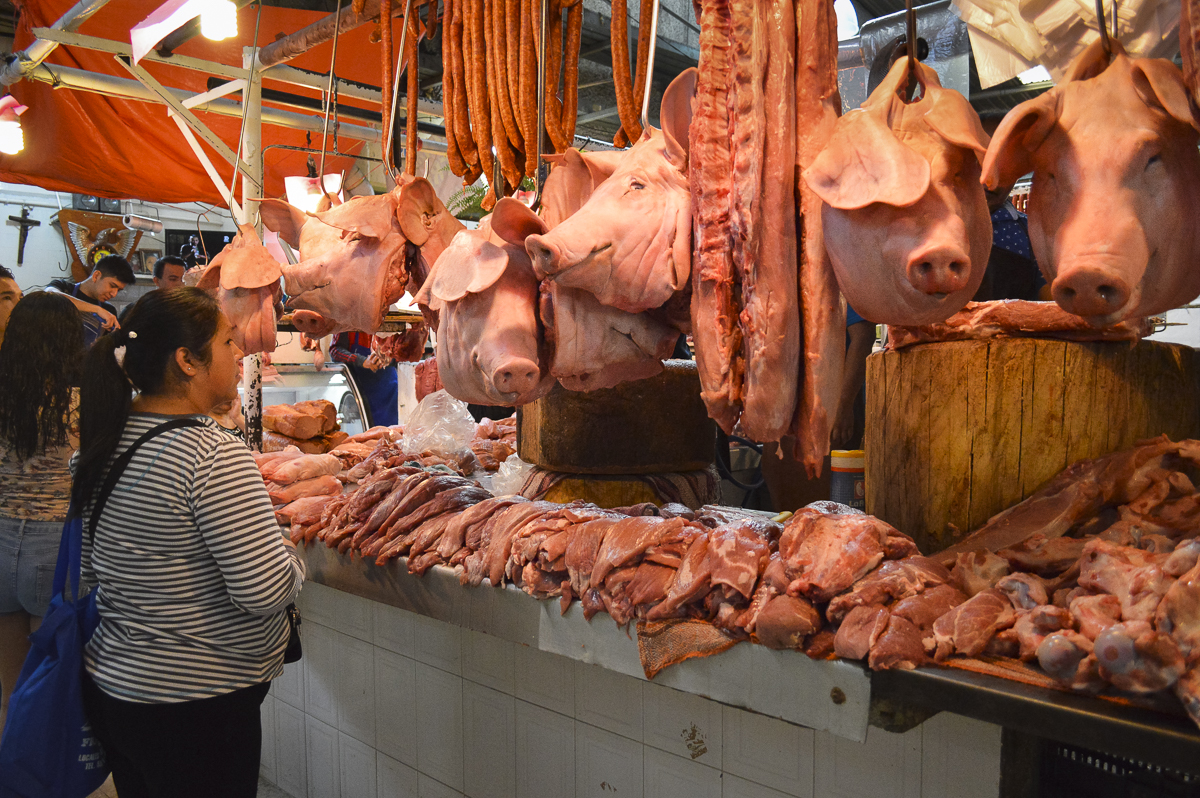Check Out Bagley Farms Meat Market Edwardsville IL for Farm-Fresh Meat and Specialized Cuts
Check Out Bagley Farms Meat Market Edwardsville IL for Farm-Fresh Meat and Specialized Cuts
Blog Article
Reveal the Art of the Butcher's Cut in a Modern Meat Market
In the ever-evolving landscape of contemporary meat markets, the butcher's cut has transcended its traditional origins, merging old-time workmanship with contemporary practices. What absolutely establishes the modern butcher apart is their capacity to create a deeper link between consumers and the beginnings of their meat.
Evolution of Butchery Strategies
The development of butchery techniques shows a rich tapestry of innovation and adjustment driven by improvements in innovation, adjustments in consumer need, and a deeper understanding of meat scientific research. Historically, butchery was a craft passed down via generations, with methods honed over centuries to make best use of return and taste. The commercial change ushered in mechanization, changing typical practices and enabling large handling.
The mid-20th century saw butchery techniques better refined by scientific insights right into muscular tissue biology and meat aging, improving both inflammation and taste. Technologies like vacuum packaging and refrigeration prolonged item shelf-life, permitting butchers to expand offerings and enhance quality assurance. This period also marked the increase of customized tools, such as band saws and meat slicers, which increased precision and effectiveness in meat handling.

Digital systems now aid in monitoring pet provenance and optimizing cuts to meet specific consumer preferences. In addition, a resurgence in artisanal butchery has emerged, blending typical abilities with contemporary expertise to cater to consumers looking for honest and sustainable meat alternatives.
Recognizing Meat Cuts
Comprehending the intricacies of meat cuts is vital for both butchers and customers seeking quality and value. For butchers, precise cuts reflect skill and respect for the craft, making sure very little waste and optimum yield.

Recognizing muscular tissue make-up is crucial; muscular tissues utilized much more often by the animal tend to be harder and are best fit for slow food preparation techniques, while less-used muscle mass, like those found in the loin, are extra tender and perfect for barbecuing or roasting. Familiarity with these differences equips customers to make enlightened options, boosting their cooking endeavors.
Picking High Quality Meat
Picking the ideal meat entails more than wikipedia reference simply selecting a visually attractive item from the display. The art of choosing high quality meat requires a discerning eye and understanding of specific characteristics that indicate freshness and excellence.
Secondly, consider the marbling, which refers to the white flecks of fat within the muscle mass. Correct marbling is a vital indicator of inflammation and taste, as it thaws during food preparation, enhancing the meat's juiciness. Remember, greater marbling typically associates with superior quality cuts, such as USDA Prime.
Structure is one more important element; meat ought to feel solid to the touch, not slimed or excessively soft. Furthermore, be conscious of the fragrance. Fresh meat must have a tidy, neutral scent, complimentary from any kind of sour or off-putting smells.
Combining Cuts With Cooking Methods

Alternatively, tougher cuts like brisket and chuck roast are rich in collagen, which damages down moved here right into gelatin when cooked slowly. These cuts are suitable for braising or slow roasting, enabling the meat to soften in time and establish deep, intricate flavors. Cuts such as short ribs and pork shoulder fare well with slow-cooking techniques, where prolonged cooking times transform their durable appearances right into succulent dishes.
Lamb shanks and oxtail, which need extended food preparation to soften, are perfect prospects for cooking or slow-moving simmering. These approaches coax out abundant, hearty flavors while preserving wetness. By recognizing the one-of-a-kind qualities of each cut, cooks and home chefs alike can boost their cooking creations, guaranteeing each dish is both pleasing and unforgettable.
The Butcher's Duty Today
Navigating the developing landscape of the modern-day meat market, the butcher's function today expands beyond plain preparation of cuts. Contemporary butchers are cooking artisans, instructors, and advocates for lasting practices.
In addition to crafting exact cuts, butchers now engage directly with customers, supplying cooking recommendations and customizing selections to fit individual requirements and preferences. Their competence in meat aging, marbling, and taste profiles encourages customers to make educated decisions, enhancing their culinary experiences. This Site This personalized service exhibits the butcher's advancing duty as a relied on consultant in the kitchen area.
Furthermore, butchers are pivotal in lessening waste, using whole pets to produce varied items such as sausages and stocks. This extensive strategy not only values the pet but likewise lines up with modern sustainability objectives. In this way, the contemporary butcher personifies both practice and technology, adapting to an ever-changing market while protecting the creativity and honesty of their craft.
Verdict
Mastery in understanding varied meat cuts and top quality indications equips butchers to offer informed referrals, straightening certain cuts with ideal cooking methods. By recognizing historical practices while welcoming modern demands, the butcher's role continues to be vital in today's sophisticated meat market.
Report this page